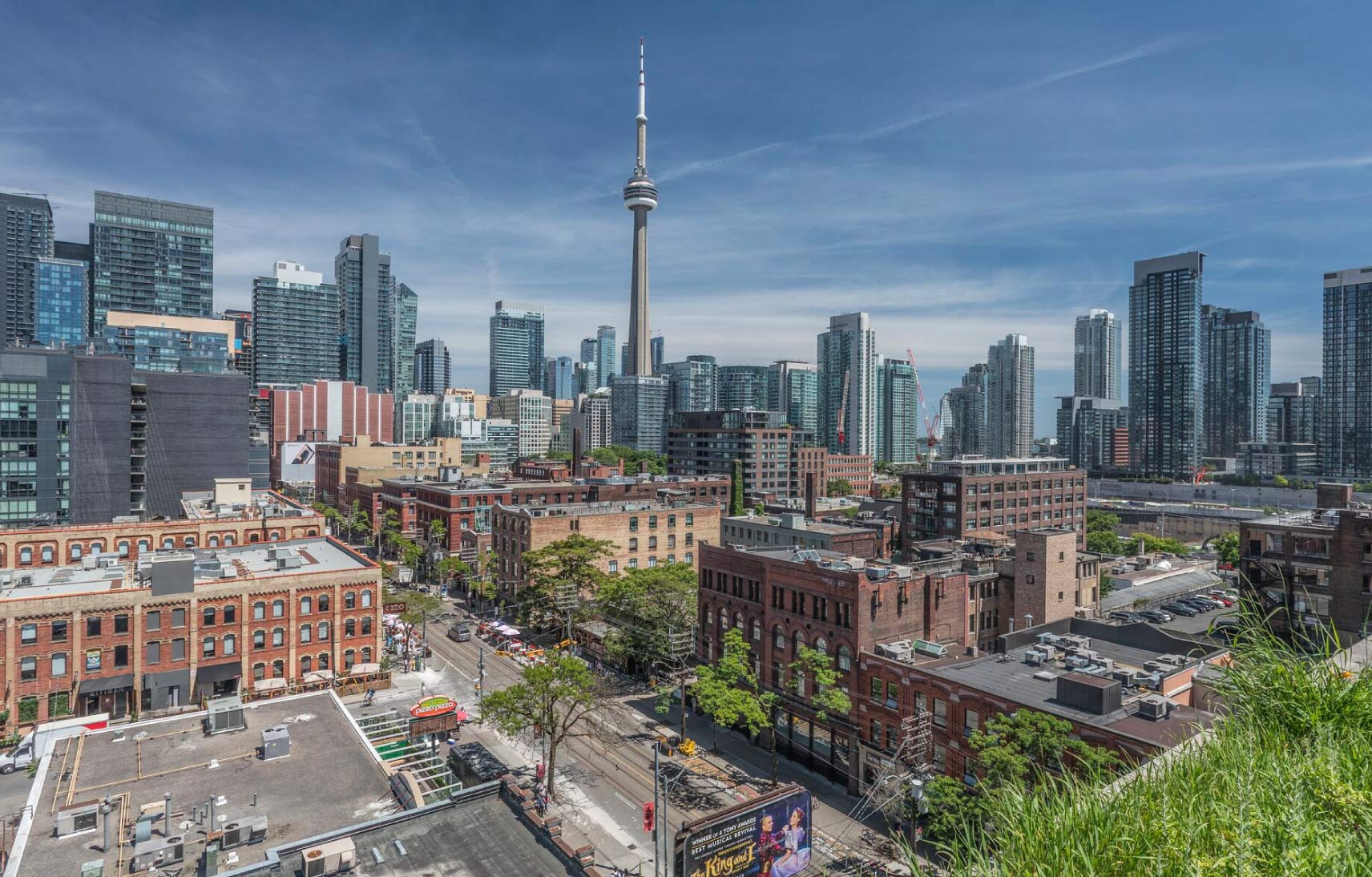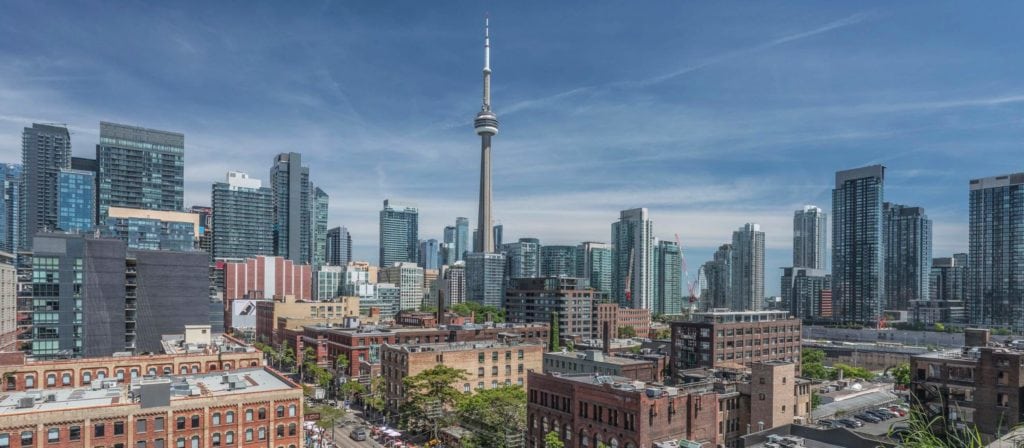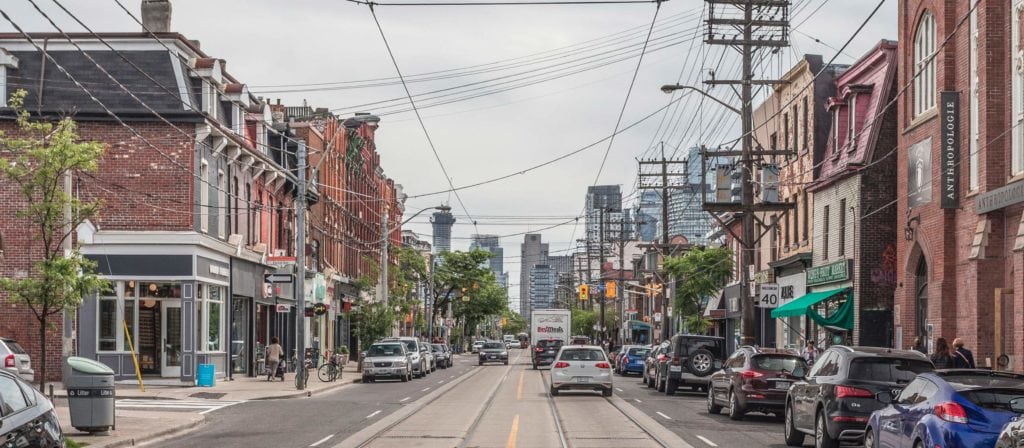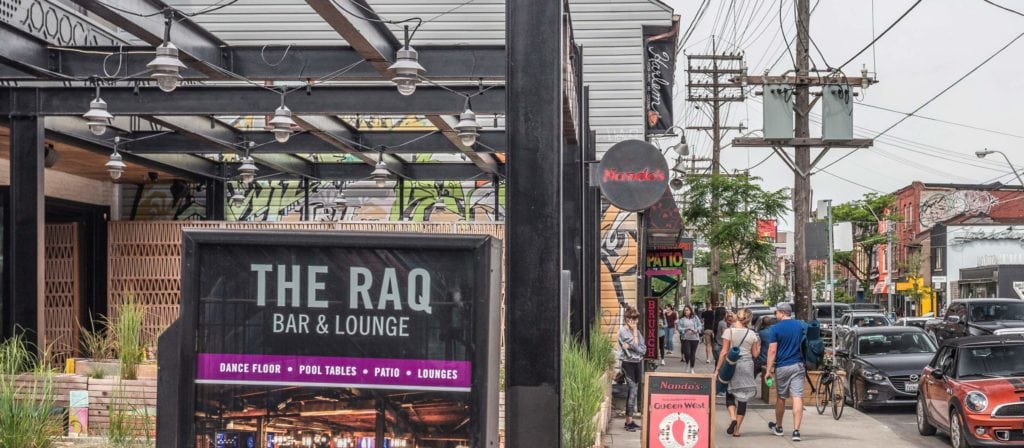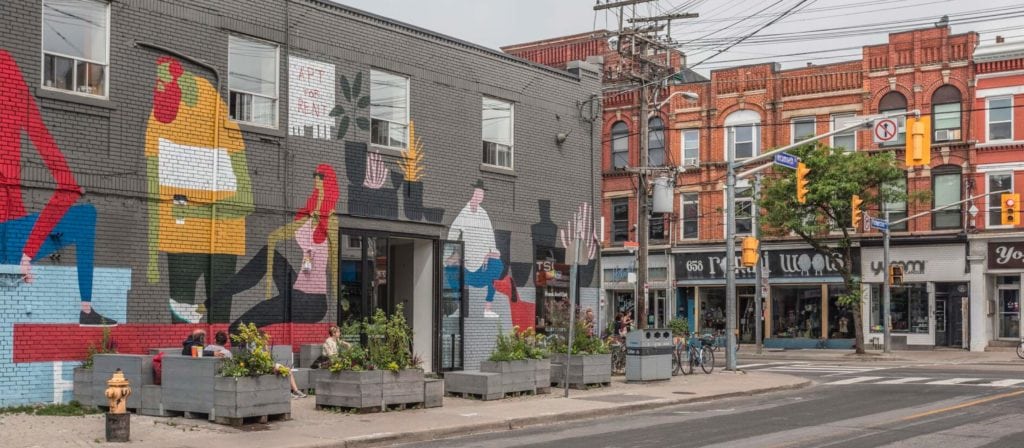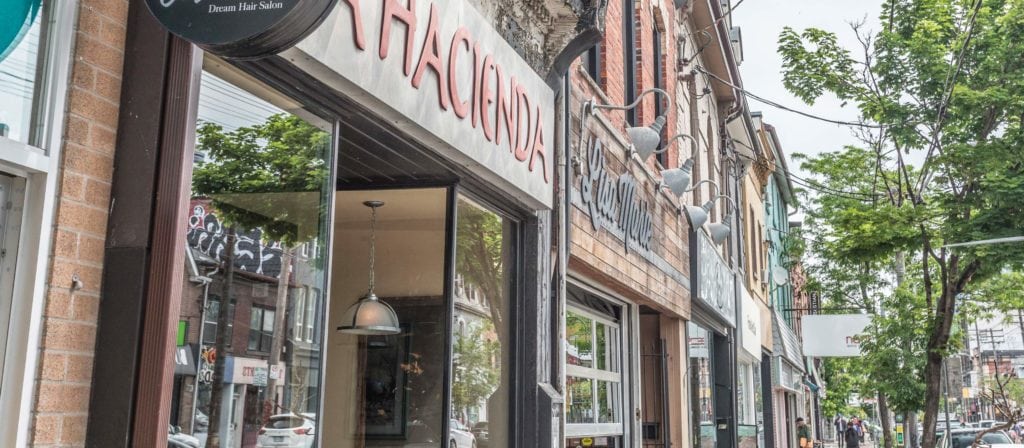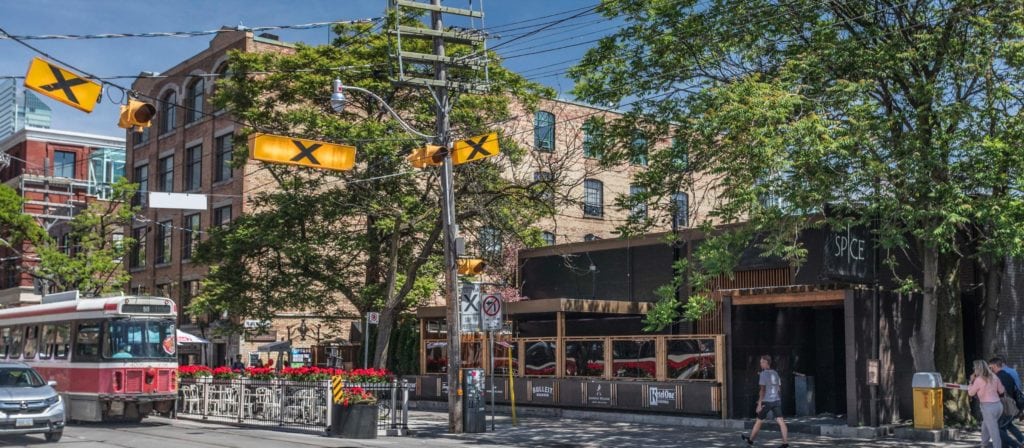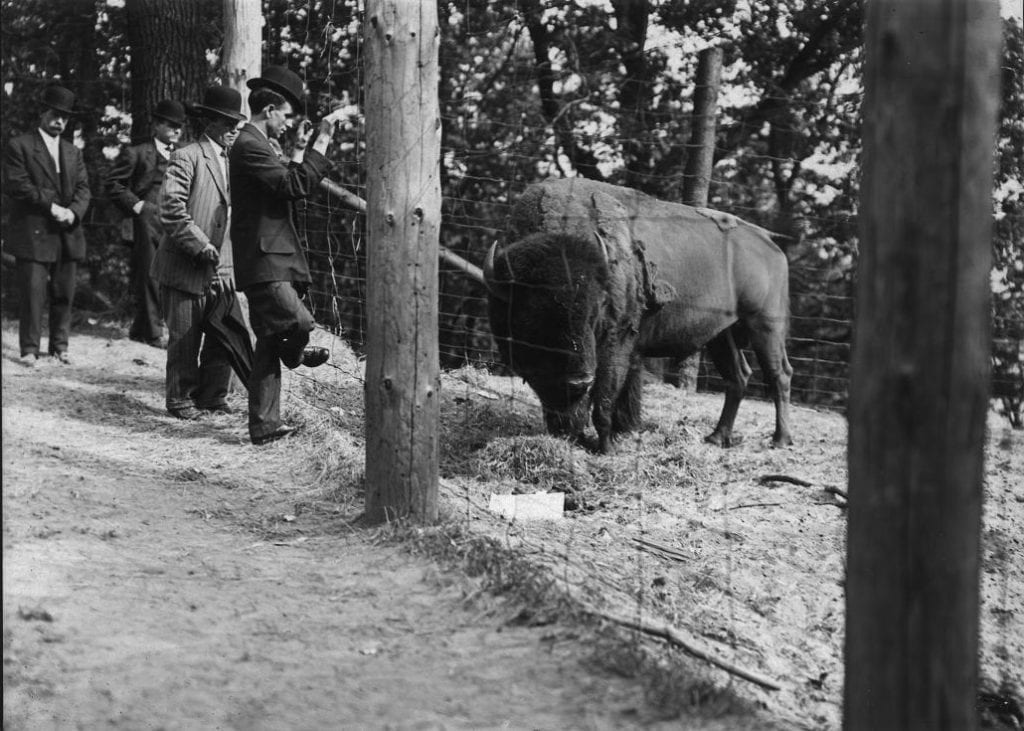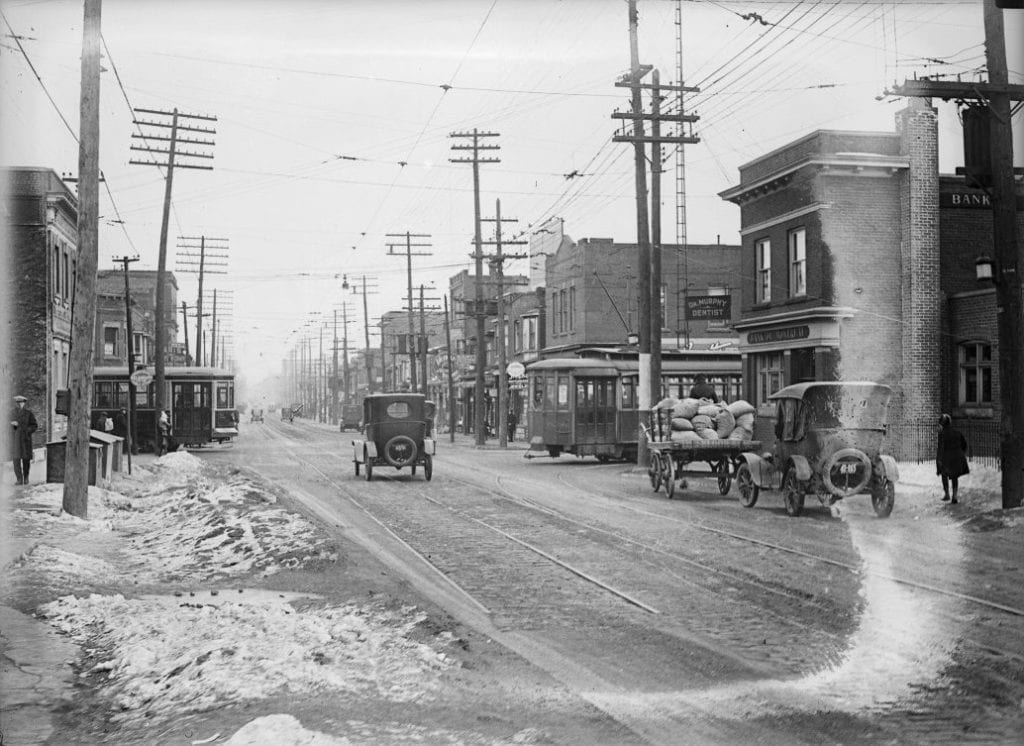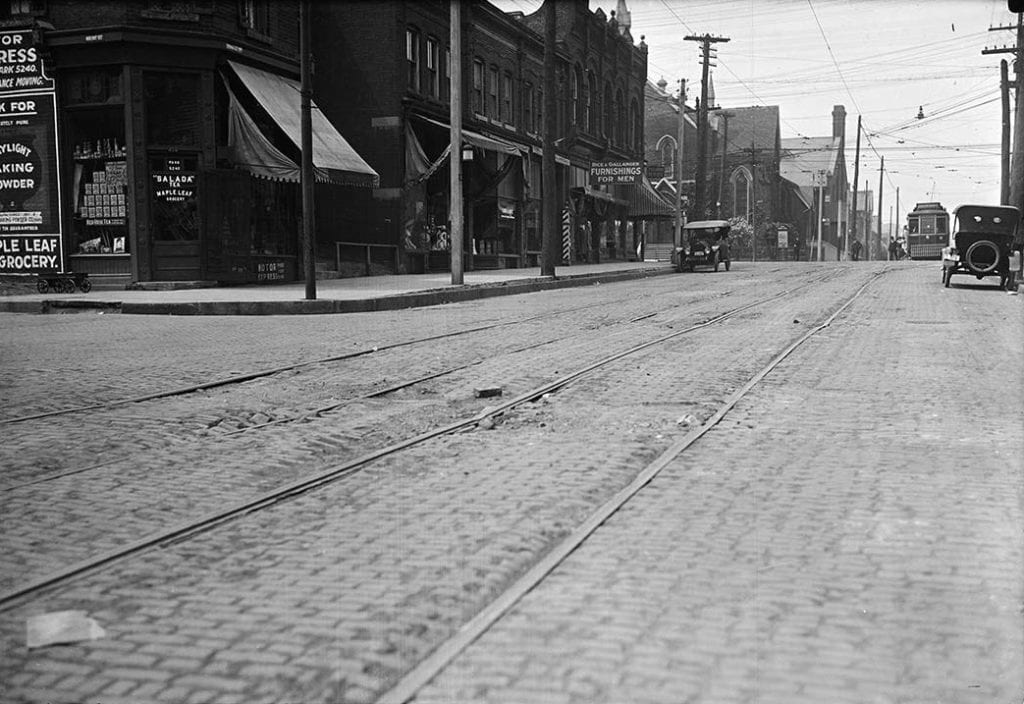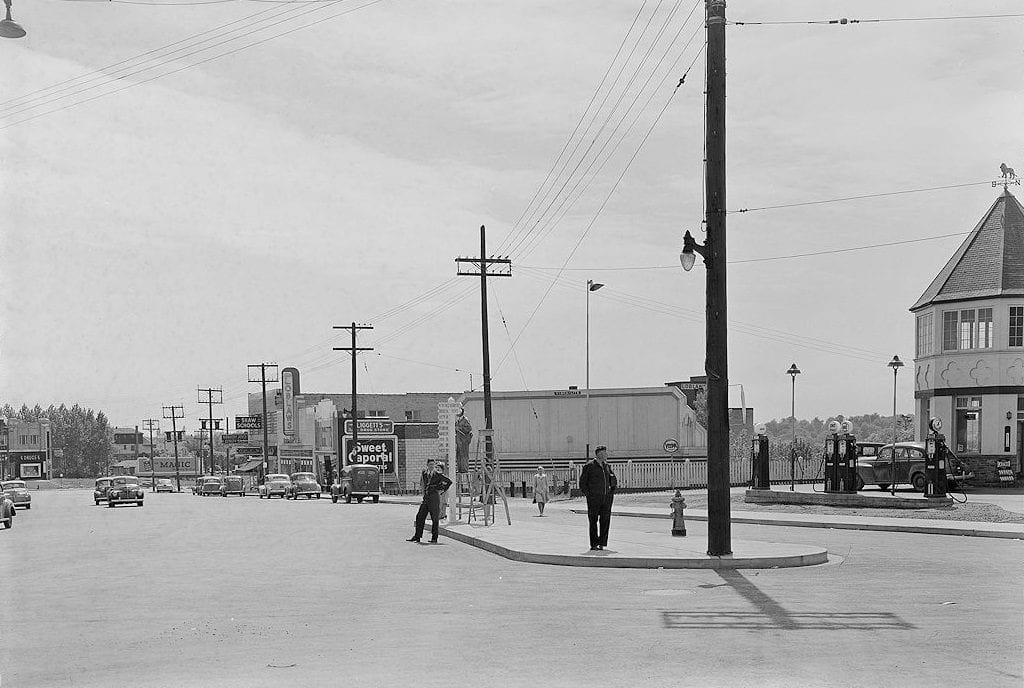The Neighbourhoods
Click below for more about the different neighbourhoods in this area, and some local history, as well…
High Park
An established community, brimming with character, and featuring large homes that are perfect for growing families (farmhouses alongside Victorian and Edwardian-style homes). The gem of the area is High Park itself, which is the largest park (and the iconic Grenadier Pond) within Toronto, and is beloved by those living in the West End.
Why is it called High Park? The park got its signature name based on the fact that it is located at a high elevation (with views of Lake Ontario off in the distance).
Bloor West Village
Bloor West Village truly encapsulates small-town ambiance in the heart of the city. Here you’ll find lots of pre- and post-war homes, excellent schools, and good access to the QEW and Lake Ontario. European grocers, florists, and cafes line Bloor Street, making this peaceful enclave symbolic of the growth of West End Toronto real estate.
The civic pride that you find in Bloor West Village is no accident! The neighbourhood is home to Toronto’s first business improvement association (BIA). In the late 1960s, after the completion of the subway, concerned citizens engaged to enliven the area as a trendy place to shop and do business in the city.
Swansea
Sitting right on the western border of High Park, Swansea is known for winding streets, thriving gardens, and a selection of amazing homes. The city is mere moments away, but it almost feels like you’re living in a cottage – especially when your home is perched high atop the hillside overlooking Grenadier Pond.
Swansea was one of the last two villages annexed by the City of Toronto, in 1967, but where did the name come from? Conventional wisdom has it relating back to the city of Swansea in Wales. The topography of the original matching the neighbourhood here, with rolling hills throughout mirroring Welsh landscapes.
Roncesvalles Village
This is the heart of Toronto’s lively Polish community. The streets of Roncesvalles Village are always serene, filled with a residential energy where there are always children laughing, neighbours saying hello, and patios filled with lively chatter during the summer months. What you’ll mostly find in “Roncy” are farmhouses and Edwardian homes – with plenty of renovations going on as new families join those who have lived here for generations. Great restaurants, antique shops, and even proximity to the Boulevard Club, Toronto Rowing Club, and Lake Ontario (all found along the Sunnyside Boardwalk).
Unlike many of Toronto’s West End neighbourhoods, which catered specifically to factory workers, Roncesvalles Village was a family-focused area right from the very start. Following World War II, the area received an influx of Polish immigrants – which the neighbourhoods owes its character to right up until today.
The Kingsway
The Kingsway is defined by its beauty. Close to Bloor Street, and right near the Royal York subway station, this area includes many stunning homes and mansions of yesteryear. Thanks to its positioning, you can even find homes set on the ravine overlooking the Humber River. Close to highways, the nearby Humber Town, a small neighbourhod mall, as well as the newly-revamped Sherway Gardens.
The vision for the Kingsway, as understood by one of the area’s founders (Robert Home Smith), was “a little bit of England, far from England.” In keeping with that idea, most of the homes here were built in the Arts and Crafts style, and roads were given names like “Queen Anne Road” and “Kingsgarden Road.” The air of affluence and English respectability were priority number one in establishing this sought-after area.
View The GalleryStonegate
The homes here are mostly detached, a mix of newly developed custom homes and split level bungalows with some other styles peppered in. The residential streets are quiet and scenic with mature trees, and the main drags are full of busy shops and restaurants. This neighbourhood is also home to many parks such as Jeff Healey Park with tennis courts, a playground, great hills for tobogganing, as well as having easy access to highways for commuting.
This neighbourhood began as a small farming community in the late 19th century.
